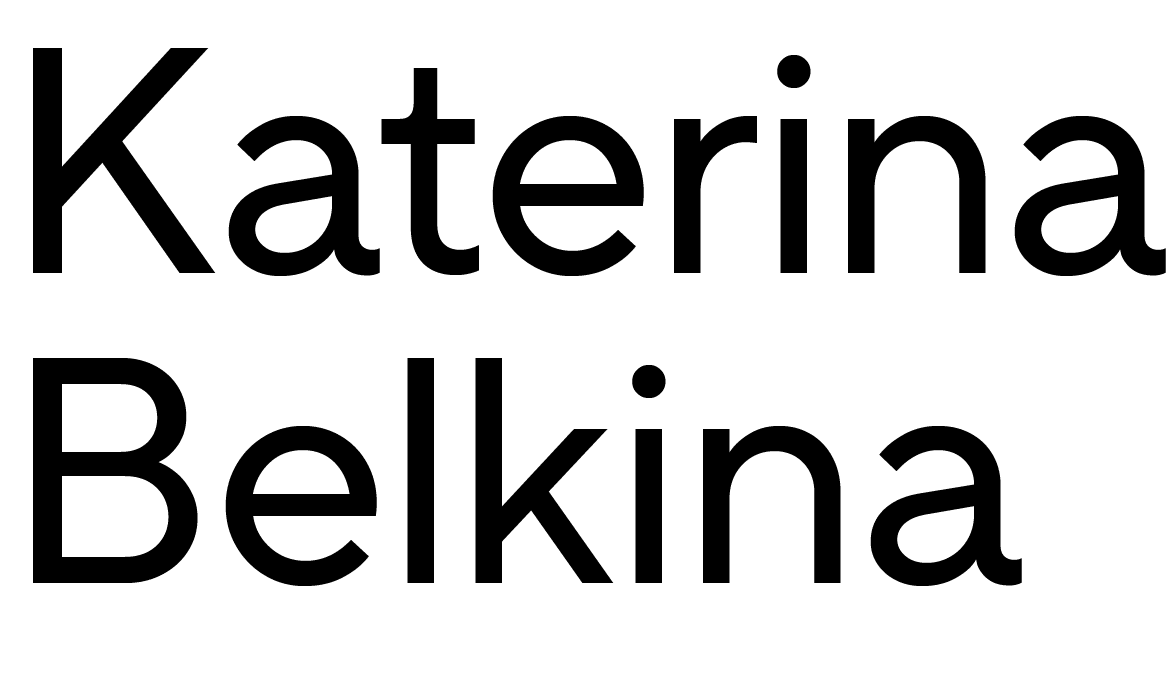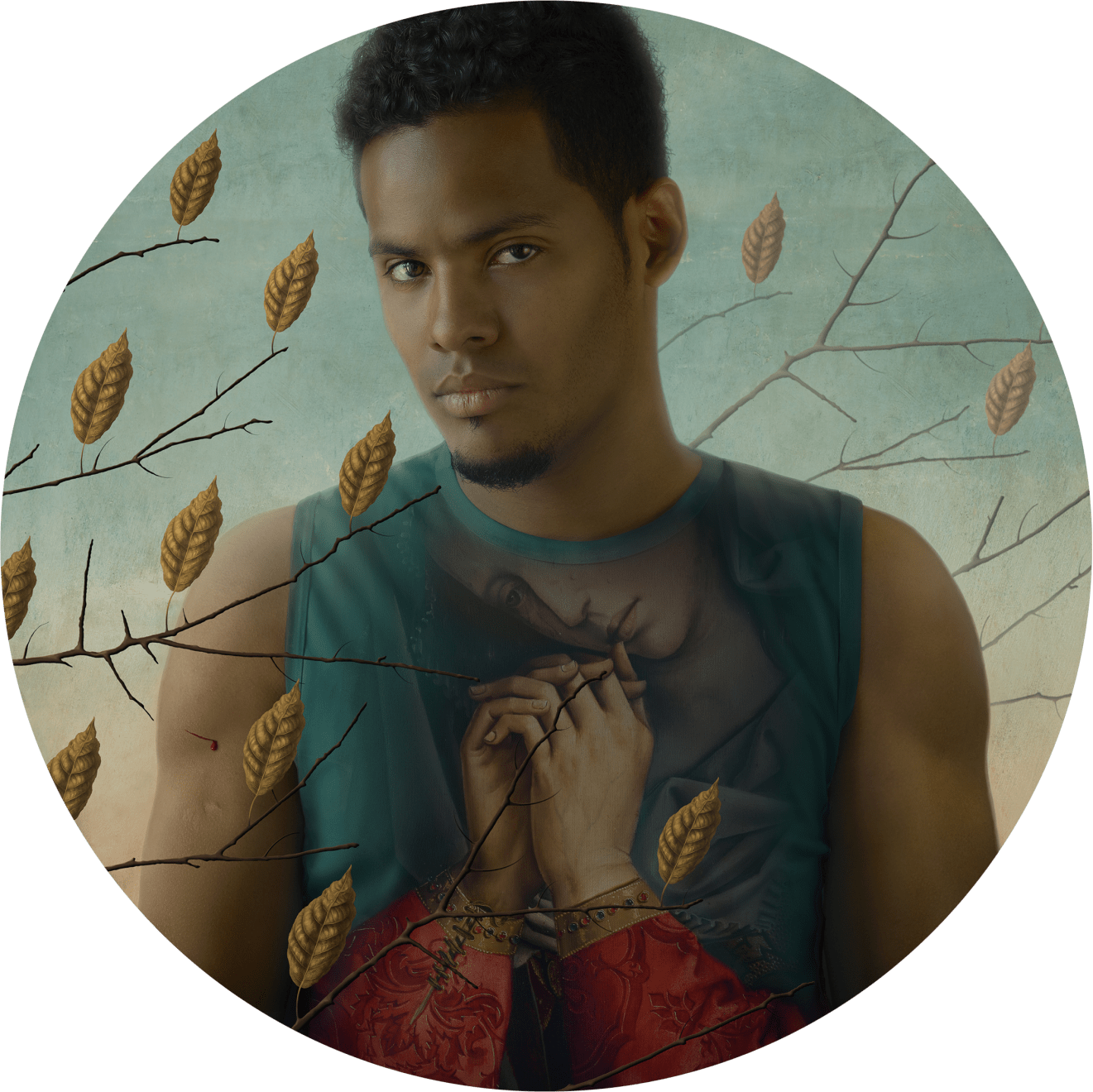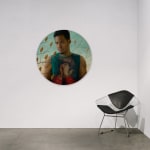Open a larger version of the following image in a popup:
 Installation view, Fall, 100 x 100 cm
Installation view, Fall, 100 x 100 cm
 Installation view, Fall, 100 x 100 cm
Installation view, Fall, 100 x 100 cm
Open a larger version of the following image in a popup:
 Installation view, Fall, 100 x 100 cm
Installation view, Fall, 100 x 100 cm
 Installation view, Fall, 100 x 100 cm
Installation view, Fall, 100 x 100 cm
Open a larger version of the following image in a popup:
 Installation view, Fall, 40 x 40 cm
Installation view, Fall, 40 x 40 cm
 Installation view, Fall, 40 x 40 cm
Installation view, Fall, 40 x 40 cm
Katerina Belkina
Fall, 2015
Photography, Digital Painting
Edition of 8 plus 2 artist's proofs
Serie: Seasons
artist label and signature on verso
100 x 100 cm,
39 3/8 x 39 3/8 inch
39 3/8 x 39 3/8 inch
40 x 40 cm,
15 3/4 x 15 3/4 inch
15 3/4 x 15 3/4 inch
Weitere Abbildungen
Concept of the series Seasons: These are the four seasons as symbols for four basic human needs that are connected to our instincts. As a nursing mother I was able...
Concept of the series Seasons:
These are the four seasons as symbols for four basic human needs that are connected to our instincts. As a nursing mother I was able to experience the influence of the instincts and the inner processes involved to the full extent. I felt stopped in my thoughts and actions — that is how great our dependence on the instincts is. The same applies to the hunting instincts of men. Spring and autumn are a pair of opposites, representing the two most important life functions: Give and Take — here in the representation of the nursing mother and the hunter. Summer and winter are the other pair. They mean play and reflection, as well as movement and rest, represented here by the child and the bullfinch. The first three needs, i.e. giving, taking, playing, are complexly linked to the instincts of the animal world and are expressed through the portraits of a woman, a child, and a man. Only the fourth need is not embodied here by man but is represented by a bird as a symbol of the human soul. We experience all four “seasons” in different periods of our life. At the correct time the previously mentioned needs come to the fore one after the other.
Spring is the beginning and the birth. It is when we are full, when we are driven by the desire to give a part of ourselves, our resources, our energy or our time. In the spring we are full of energy and open our heart, we are moving forward. However nature, with generosity, fills in what was lost. The giving Spring. Time to give.
Summer is the time of fruit, of physical and mental pleasure. We spoil ourselves like children, rest and wish to be at one with nature. From Latin — laetus, “delighted”. Delighted child. Playing is a basic need. Sitting in the cradle of the vines, in the shape of the womb, it reminds us of Dionysus. The vine is one of the symbols of Christ. I liked the idea of a double symbol — the God of ancient times and the Christian God. The unity of these two images of God points to the inseparability of body and spirit. In “The Birth of Tragedy from the Spirit of Music” Friedrich Nietzsche expresses the idea that Dionysus convinces us of the eternal joy of life: we must seek this joy not only in the phenomena of the world, but also behind them.
Autumn is the time for work and hunting. Since ancient times it has been the time of great preparation for winter, changing the habitual system of life, priorities, and values, harvesting and hunting. It dispels the warmth, the colours and everything else that spring and summer bring. It is time to take. Hunting and gathering belong to our basic needs, whereby the hunter is stereotypically always a man. The drop of blood on his body is an indication of the willingness to sacrifice and take risks. On his clothes there is an imprint of the weeping Mary Magdalene, which is a counterweight here. She mourns for Christ, who in this context signifies the hunter’s sacrifice. The tears here are not real and are more an attribute of the woman, since the tears of a man are still a taboo in our society. He may fight until bloody, but he is not permitted to cry.
Winter is the time of transition and the maintenance of strength. We plan anew and think about the past. Winter is silent. Nature urges us to contemplate and rethink. It is time to remain silent. In many traditions the bullfinch is a divine bird, for example in Japan, where this divinity is attributed to Buddha. In the Christian tradition we know of the bullfinch trying to pull the thorns out of the Saviour’s crown with its beak, while a drop of sacred blood falls on the bird’s chest. From that moment on the bullfinch breast became red-feathered. This association and image come from my childhood — seeing a bullfinch in winter was a magical miracle, because this amazing bird flies to us among the white silence and tranquillity of winter like the red winter sun, which brings good news: soon there will be life, soon there will be sun!
These are the four seasons as symbols for four basic human needs that are connected to our instincts. As a nursing mother I was able to experience the influence of the instincts and the inner processes involved to the full extent. I felt stopped in my thoughts and actions — that is how great our dependence on the instincts is. The same applies to the hunting instincts of men. Spring and autumn are a pair of opposites, representing the two most important life functions: Give and Take — here in the representation of the nursing mother and the hunter. Summer and winter are the other pair. They mean play and reflection, as well as movement and rest, represented here by the child and the bullfinch. The first three needs, i.e. giving, taking, playing, are complexly linked to the instincts of the animal world and are expressed through the portraits of a woman, a child, and a man. Only the fourth need is not embodied here by man but is represented by a bird as a symbol of the human soul. We experience all four “seasons” in different periods of our life. At the correct time the previously mentioned needs come to the fore one after the other.
Spring is the beginning and the birth. It is when we are full, when we are driven by the desire to give a part of ourselves, our resources, our energy or our time. In the spring we are full of energy and open our heart, we are moving forward. However nature, with generosity, fills in what was lost. The giving Spring. Time to give.
Summer is the time of fruit, of physical and mental pleasure. We spoil ourselves like children, rest and wish to be at one with nature. From Latin — laetus, “delighted”. Delighted child. Playing is a basic need. Sitting in the cradle of the vines, in the shape of the womb, it reminds us of Dionysus. The vine is one of the symbols of Christ. I liked the idea of a double symbol — the God of ancient times and the Christian God. The unity of these two images of God points to the inseparability of body and spirit. In “The Birth of Tragedy from the Spirit of Music” Friedrich Nietzsche expresses the idea that Dionysus convinces us of the eternal joy of life: we must seek this joy not only in the phenomena of the world, but also behind them.
Autumn is the time for work and hunting. Since ancient times it has been the time of great preparation for winter, changing the habitual system of life, priorities, and values, harvesting and hunting. It dispels the warmth, the colours and everything else that spring and summer bring. It is time to take. Hunting and gathering belong to our basic needs, whereby the hunter is stereotypically always a man. The drop of blood on his body is an indication of the willingness to sacrifice and take risks. On his clothes there is an imprint of the weeping Mary Magdalene, which is a counterweight here. She mourns for Christ, who in this context signifies the hunter’s sacrifice. The tears here are not real and are more an attribute of the woman, since the tears of a man are still a taboo in our society. He may fight until bloody, but he is not permitted to cry.
Winter is the time of transition and the maintenance of strength. We plan anew and think about the past. Winter is silent. Nature urges us to contemplate and rethink. It is time to remain silent. In many traditions the bullfinch is a divine bird, for example in Japan, where this divinity is attributed to Buddha. In the Christian tradition we know of the bullfinch trying to pull the thorns out of the Saviour’s crown with its beak, while a drop of sacred blood falls on the bird’s chest. From that moment on the bullfinch breast became red-feathered. This association and image come from my childhood — seeing a bullfinch in winter was a magical miracle, because this amazing bird flies to us among the white silence and tranquillity of winter like the red winter sun, which brings good news: soon there will be life, soon there will be sun!





